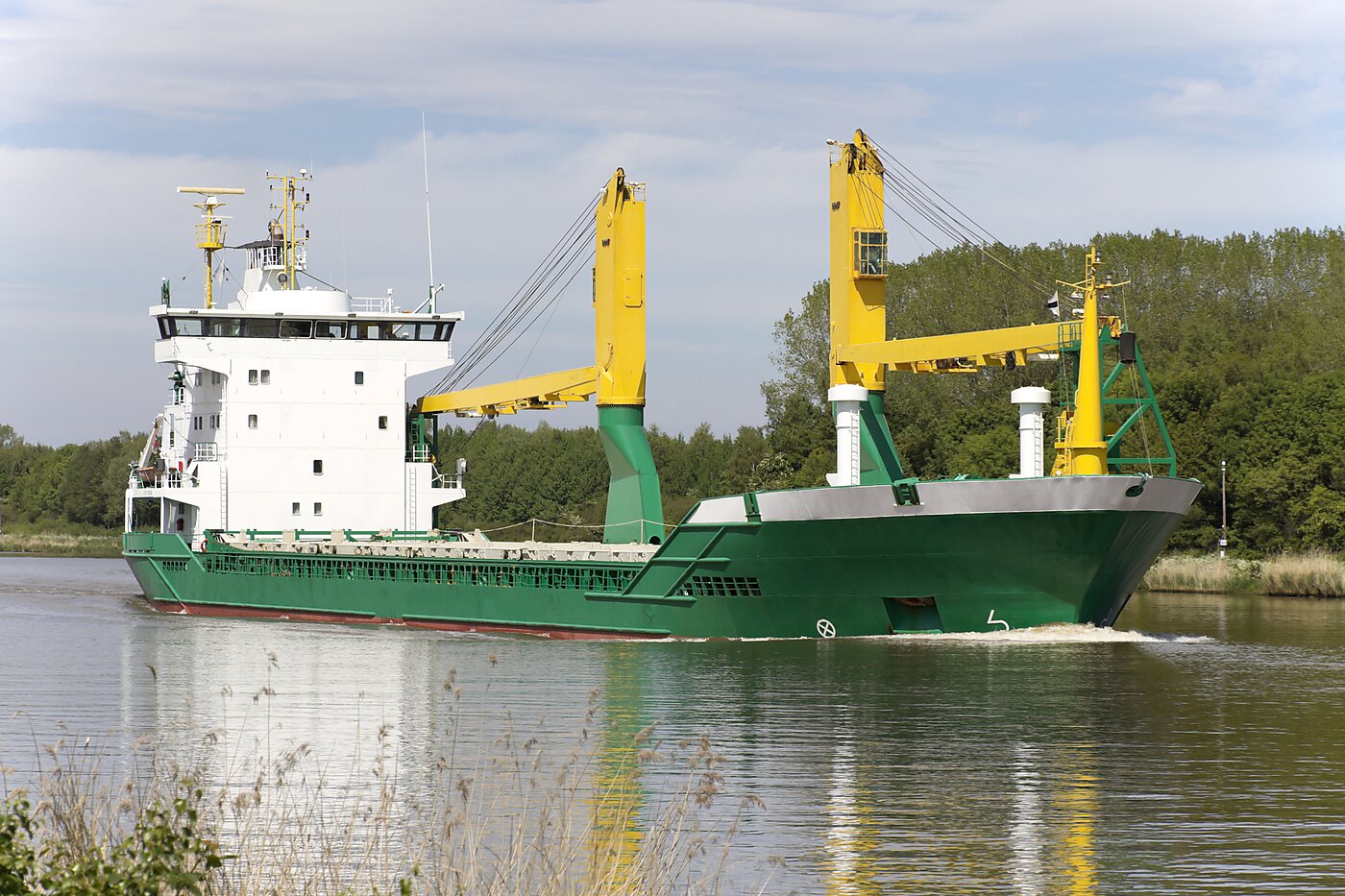Freight transport on the country’s coasts and inland waterways, more commonly known as short sea shipping, is in a pitiable state. Despite being the most energy-efficient method of freight transport it accounts for a mere 6 percent of domestic tonnage moved. The corresponding figure in Europe is 40 percent. Instead of using waterborne transport, Americans place about 75 percent of their freight on trucks. That means more highway congestion, more highway maintenance, and more pollution.
This is unlikely to change if a recent House Coast Guard and Maritime Transportation Subcommittee hearing on short sea shipping is any indication.
At the hearing, Ranking Member Rep. Bob Gibbs (R‑OH) noted various explanations for the dearth of short sea shipping such as ports configured to handle large vessels (rather than smaller ones more suitable for short sea shipping), a reluctance by shippers to switch to new transportation modes, and financing difficulties faced by shipbuilders. Maritime Administrator Mark Buzby, meanwhile, laid primary blame for short sea shipping’s relatively minimal usage on insufficient awareness of this transport option.
Although numerous causes were proffered one of the most glaring obstacles to domestic short sea shipping mysteriously went unmentioned: the Jones Act. Passed in 1920, the law restricts domestic waterborne transport to vessels that are U.S.-flagged, U.S.-crewed, U.S.-owned, and U.S.-built.
Many people may be surprised to learn that plenty of ships laden with cargo already travel between U.S. ports. Off South Carolina, for example, the containership Maersk Kowloon is currently sailing from Norfolk to Charleston, while another containership, the Spirit of Auckland, is about to complete its journey from Baltimore to Charleston. Further north the containership Dole Ecuador is headed to Wilmington from Port Everglades, and a vehicles carrier, the Fremantle Highway, is making its way from Jacksonville to Baltimore.
None of these vessels, however, meet the Jones Act’s requirements. Thus, while numerous ships regularly travel between U.S. ports—where they drop off goods imported from abroad or pick up products destined for foreign markets—Americans are barred from using them for the purpose of domestic transport.
These non-Jones Act-eligible ships that ply U.S. coastal waters constitute a de facto conveyor belt of which Americans cannot take advantage. Instead, goods traveling between those cities must find alternative means of transport, such as trucks or rail, as there are no Jones Act-eligible containerships providing service along the East Coast.
While repealing the Jones Act is one obvious solution, even relatively modest changes to the law would help promote short sea shipping. Elimination of the law’s U.S.-built requirement, for example, would make the ships used in short sea shipping vastly cheaper to buy. A containership that costs $50 million to build in South Korea could easily cost $250 million if constructed in the United States.
The high cost of purchasing these U.S.-built vessels helps explain why many ships are kept in service beyond their normal useful life, which then leads to higher operating costs. As a 2018 Congressional Research Service (CRS) report notes:
The domestic ship fleet is significantly older, on average, than the world fleet, because high construction costs discourage replacement of older U.S.-built vessels. Older ships are costlier to operate because they are less fuel-efficient, have less automation and therefore require more crew, and have higher maintenance costs.
Ships that are expensive to buy and operate reduce short sea shipping’s competitiveness by raising the cost of freight. This is not just intuitive, but also well-documented. Consider:
- A 2017 CRS report entitled “Revitalizing Coastal Shipping for Domestic Commerce” noted the high cost of U.S.-built ships designed for coastal transport, which it placed at six to eight times higher than those built abroad (a more recent CRS report placed this cost differential at five times greater for containerships).
- A 2005 Government Accountability Office report on short sea shipping highlighted the observation from relevant stakeholders that the Jones Act’s requirements “may increase the start-up costs of [short sea shipping] operations because ships built in U.S. shipyards tend to be more expensive than vessels that can be acquired from the global market.” The same report also noted interviews with operators of a short sea shipping service in the Gulf Coast who “said that, in general, the high capital costs of U.S.-flag vessels are affecting their ability to expand operations and keep shipping prices competitive with trucking…”
- A 2013 report conducted by the engineering and design firm Parsons Brinckerhoff on behalf of several state and local government agencies identified vessel costs as a leading obstacle to short sea shipping along the I‑95 corridor, estimating the cost of acquiring vessels at “13–25 percent of total service costs depending on the service pattern and vessel.”
- A 2011 report prepared for the U.S. Maritime Administration noted that an easing of the Jones Act’s requirements could impact short sea shipping’s startup and operational costs, “particularly if foreign-built vessels are allowed, even if for limited periods of time.”
Despite such evidence, not a word about the high cost of ships was uttered nor a note of dissent sounded against the Jones Act at last month’s hearing. So long as federal legislators remain unwilling to acknowledge such obstacles the promise of short sea shipping will continue to go unrealized, our highways unnecessarily congested and polluted, the cost of transportation raised, and the U.S. economy’s competitiveness undermined.

